According to the Bureau of Labor Statistics, cave-ins have caused an average of 24 worker fatalities and 88 injuries on U.S. worksites in recent years. Because excavation and trenching carry unique hazards and can be technically challenging, safe work requires a competent person trained to identify and mitigate these hazards.
The Occupational Safety and Health Administration (OSHA) defines an excavation competent person as someone who can identify existing or likely hazards in the work area and make sure working conditions are sanitary and safe. The excavation competent person also needs the authority and ability to take corrective actions to mitigate hazards quickly.
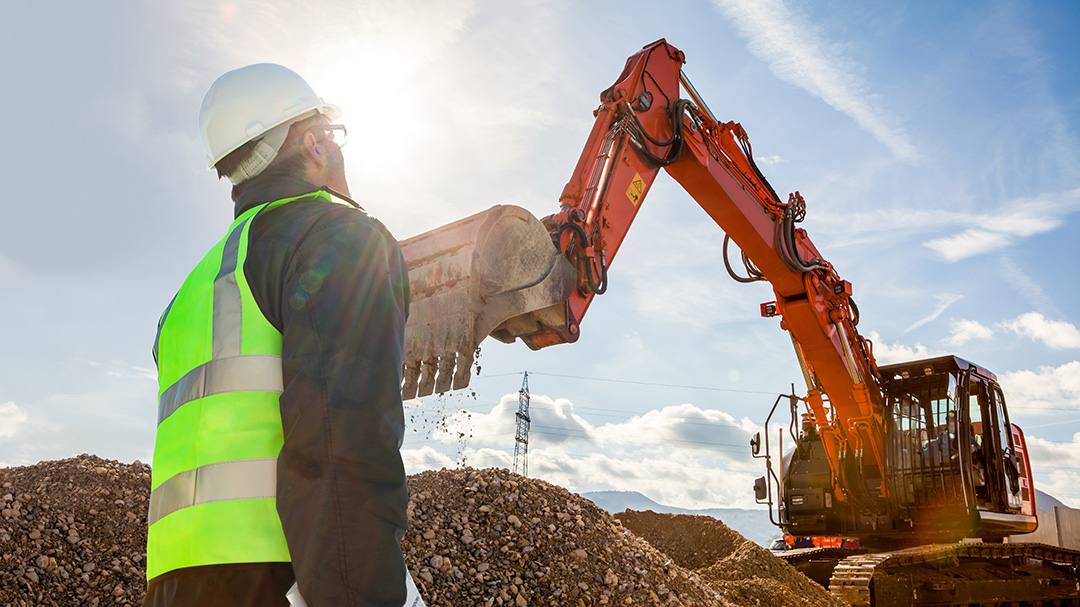
Duties of an Excavation Competent Person
Before any work can begin, the excavation competent person needs to inspect the excavation to determine:
- Cave-in potential
- The soil types present
- The protective systems needed
- This includes diversion ditches or dikes if run-offs from rain are likely
Once work begins, inspections need to be done at the start of each day, as needed throughout the shift and after every rainstorm. If there is any evidence of a potential cave-in, failures in the protective system, hazardous atmospheres or any other hazardous conditions, all employees should leave the area until the hazard is addressed.
Hazard of Excavations
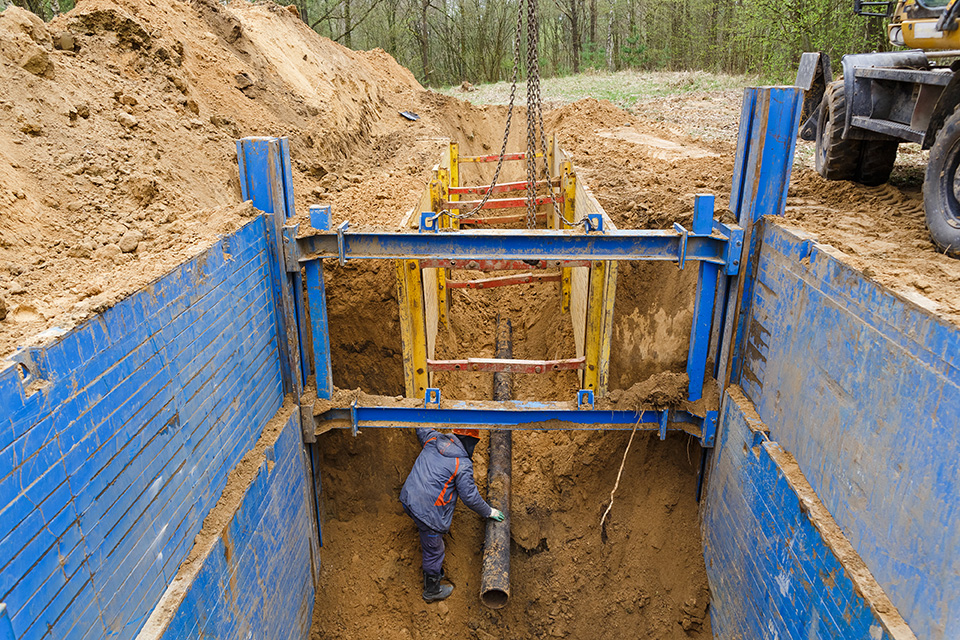
Cave-ins pose the highest risk to excavation workers and are more likely to result in death than other excavation incidents. A small amount of dirt may not seem that dangerous, but it does not take a lot of dirt to cause serious injury. A cubic yard of dirt can weigh more than 3,000 pounds (1.5 tons) and soil can move surprisingly quickly, burying an adult in a matter of seconds.
Water can weaken the sides of an excavation and make it more difficult for workers to get out. If an excavation has water in it or is actively taking on water, no workers can enter the excavation until the appropriate measures are taken. Any excavation that can be affected by run-offs from heavy rain is also subject to these requirements and must be inspected before work can begin.
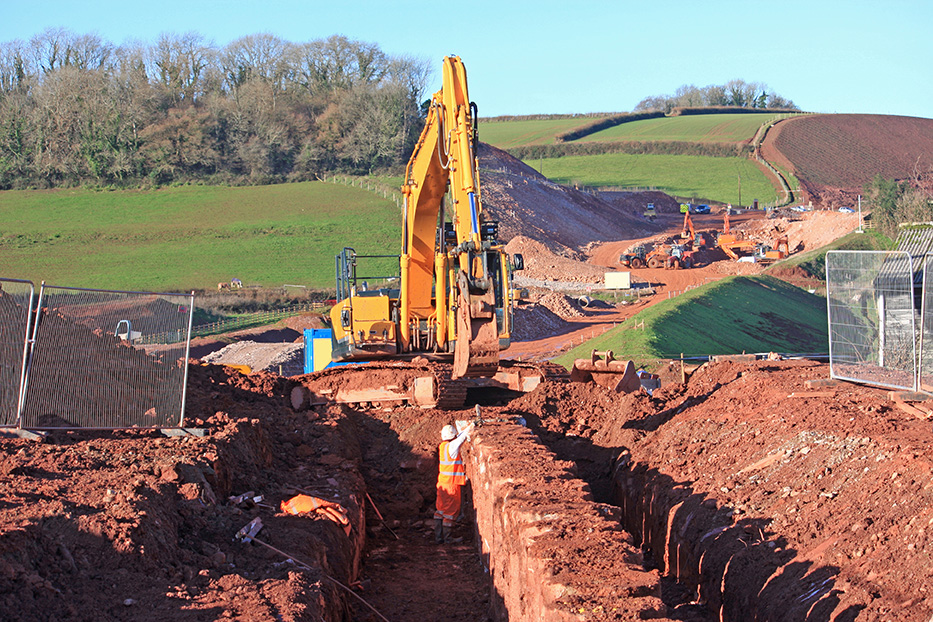
If an excavation is deeper than four feet and has, or has the potential to have, a hazardous atmosphere, atmospheric testing must be done before workers can enter. If any hazardous conditions are found, precautions need to be put in place to protect employees. After control measures are put in place, testing should be performed as often as needed to make sure the area remains safe. Emergency rescue equipment, such as breathing apparatuses or safety harnesses, also need to be available.
If a trench is four feet or deeper, OSHA requires ladders, steps or ramps so workers can safely exit the trench. The means of egress, or exit, must be set up so that no worker must travel more than 25 feet laterally, or sideways, in the trench to reach it. If a ramp or runway is used, the structural elements need to be the same thickness and joined in a way that prevents tripping hazards.
Want to view more SafetySkills content?
Discover over 800 more courses!
Soil Classification
One of the primary duties of an excavation competent person is to determine the type of soil present in the work area, which will help determine what type of protective systems are needed. The unconfined compressive strength of the soil, or how much force it will take for a clump to fall apart, is a part of determining which type of soil you are handling.
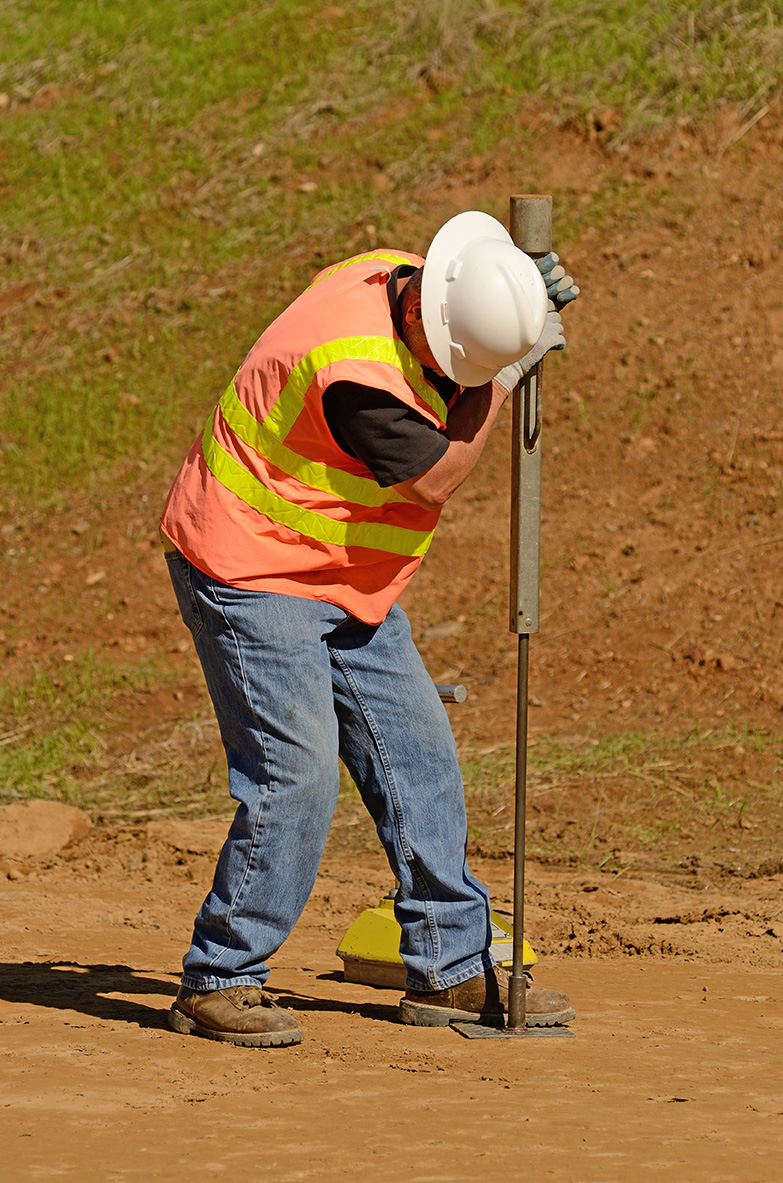
To estimate the unconfined compressive strength, use a pocket penetrometer or do a thumb penetration test. To do a thumb test, press your thumb firmly into the soil. The amount of difficulty it takes to make an indent in the soil will help you estimate the strength of the soil. The thumb test is subjective and therefore not the best method, so you should use a penetrometer whenever possible. For the most accurate results, you should use more than one method when testing soil.
OSHA defines four types of soil:
- Stable Rock
- Does not crumble or fall apart when exposed
- Can be excavated vertically
- Can be difficult to classify
- Type A
- Most stable soil
- Has an unconfined compressive strength of at least 1.5 tons per square foot
- Previously disturbed soil cannot be classified as Type A
- Type B
- Has an unconfined compressive strength between 0.5-1.5 tons per square foot
- Previously disturbed Type A soil is classified as Type B
- Unstable dry rock is classified as Type B
- Type C
- Has an unconfined compressive strength of 0.5 tons per square foot or less
- The weakest soil
- Has the highest likelihood for cave-ins
- Any soil that has water freely seeping into it or is submerged completely
Excavation Protections
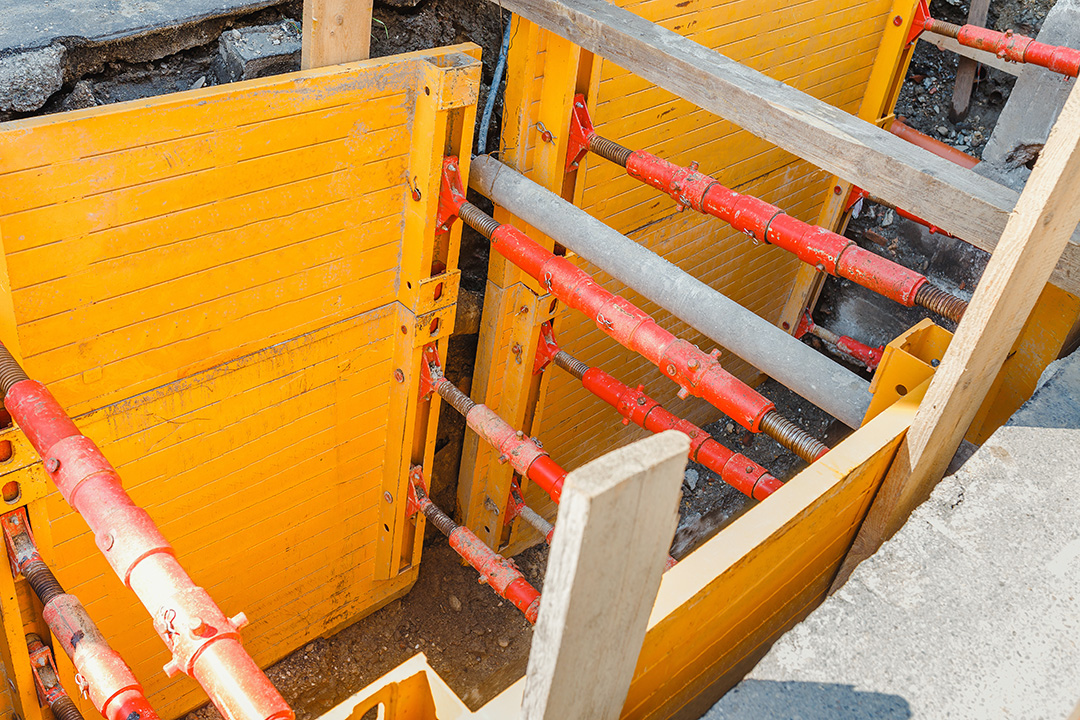
The parts of an excavation support system need to be connected in a way that prevents sliding, falling, kickouts or any other predictable failure. If any part of the support system is removed, additional measures need to be put in place to remain effective.
There are four types of protective systems:
- Benching – Cutting into the sides of an excavation to create horizontal levels, with vertical or almost-vertical faces between the levels. Due to its instability, benching cannot be used in Type C soil.
- Sloping – Angling the side of the walls away from the excavation. The angle used is determined by the type of soil.
- Shoring – Installing aluminum hydraulic or other types of supports to prevent movement of the soil.
- Shielding – Using a trench box or similar types of supports to prevent cave-ins.
Conclusion
Excavation is necessary work for many situations, but it is also dangerous work. All employees involved need to be aware of the hazards, but a competent person needs to be able to address those hazards. Cave-ins are the hazard of most concern, so identifying soil and installing protective systems are essential duties for competent persons.
Completing an Excavation and Trenching course can help workers recognize the hazards of excavations, preplan for an excavation and identify excavation protection systems.


